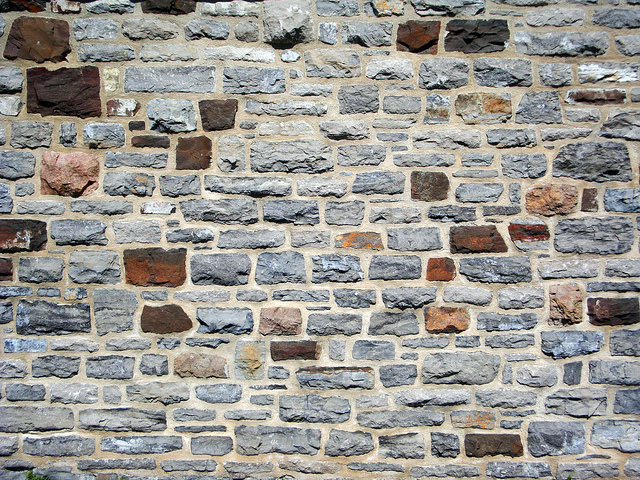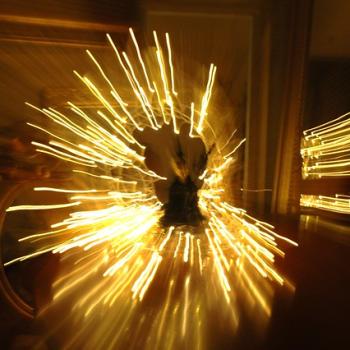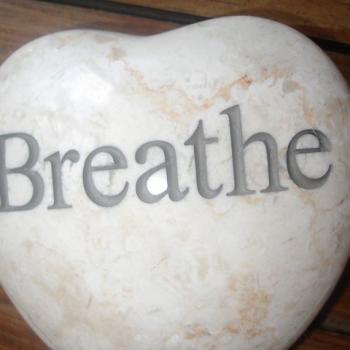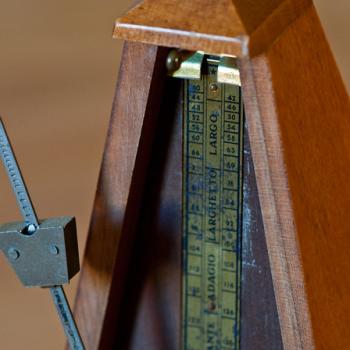
What to Do When We Hit the Wall
How often have you hit the wall lately?
I believe in the value of hard work and persistence. There are really significant dividends which come with refusing to give up. We learn some of life’s most important lessons by trial and error. If you do not succeed at first, keep trying.
Like Thomas Edison, I have not failed. I have just found 10,000 ways which do not work.
Persistence is important. When we find what sparks the life within us we become passionate about persistence. It is not that persistence is a quality which makes us better people or guarantees our success. Knowing our core values and the ways we put them into practice is essential to who we are becoming.
There are some days, though, when we hit the wall. We get tired or discouraged and we decide to stop trying.
Sometimes I was determined not to acknowledge when I hit the wall. I was proud, even arrogant, about my commitment to being a workaholic. When I hit the wall I refused to admit it.
I was working hard and appreciating what I accomplished, but I was not happy or satisfied. My realizations showed me I had hit the wall in a big way. They sparked a period of reflection which led to making major changes in my life.
Some of those changes introduced me to more contemplative spirituality. Part of my becoming more contemplative is learning to let go of workaholic habits.
I am learning to pay more attention even before I hit the wall.
How Do We Know When We Hit the Wall?
Some of us hit the wall in ways which leave no doubt. We are working as hard, and moving as fast, as we can when we have a head-on collision. It is as if we believed a magic door would open in the wall just for us, but that did not happen.
Others of us appear to think we can push the wall, moving it just enough to squeeze past.
We may think we can jump over the wall or work hard enough to drive ourselves up it. Many of us want to get as close to the wall as we can without hitting it.
It is easy for us to assume we can maneuver or manipulate our way around the wall. We seem to believe the wall does not apply to us. It is not something we need to take seriously.
Eventually we come into direct contact with the wall. Hitting the wall demonstrates it is not a theoretical or conceptual limitation. The wall is really there.
It can be painful or shocking for us to hit the wall. We work so hard on the assumption we can meet any challenge or overcome any obstacle.
It is important for us to understand the wall is not there to punish us. We do not hit the wall because we have done anything wrong. The wall exists to help protect us and keep us healthy.
We may be able to learn to anticipate when we are approaching the wall. When we begin to feel tired or stressed we know we are getting close to the wall. Other people might be able to see the wall more clearly than we can and help us avoid hitting it.
Experience helps us recognize when we get close to hitting the wall.
What Do We Do When We Hit the Wall?
One way to respond to hitting a wall is to anticipate why it happens to us. If we hit the wall when we get tired, for example, we are careful about getting enough rest. We may get discouraged by the people around us, so we surround ourselves with positivity.
When we learn from our experiences we can avoid building walls in the first place.
We can also learn to see the warning signs of when we are getting close to a wall. When we are particularly close to a wall at the beginning of a project, we can be careful. The wall may close in on us more as we approach a conclusion.
We respond to hitting a wall by understanding we build our own walls. It may not be possible for us to completely avoid hitting them. We may be able to remember to include a door or some windows in the wall we build.
When we do hit the wall we can develop a realistic view of the damage. It does not help us to hit the wall, but it might not be not the end of the world.
Having and keeping a positive perspective helps us respond well when we do hit the wall.
Why Do We Hit the Wall at All?
Walls have become important reminders for me. I no longer am motivated to avoid hitting the wall merely because it is unpleasant.
Hitting the wall is a sign to me I need to approach a task or a project differently. It is not healthy, or possible, for me to try to do everything perfectly by myself.
When I am tired or frustrated it tells me something needs to change. It may be I need to rest, or do something refreshing for a while. I may be investing more meaning or energy in an effort than I need to invest.
Hitting the wall tells me I have things out of balance. It is not that things are particularly difficult or people are not helping or I am so inadequate. Hitting the wall teaches me what I need to know about changing how I practice.
When we hit the wall it teaches us valuable, practical, important lessons. We need to pay attention to what we can learn about how and why we hit the wall.
What we experience when we hit the wall may help others avoid hitting it.
When do we anticipate we will hit the wall this week?
How will we respond the next time we hit the wall?
[Image by spcbrass]
Greg Richardson is a spiritual life mentor and leadership coach in Southern California. He is a recovering attorney and university professor, and a lay Oblate with New Camaldoli Hermitage near Big Sur, California. Greg’s website is StrategicMonk.com, and his email address is [email protected].












